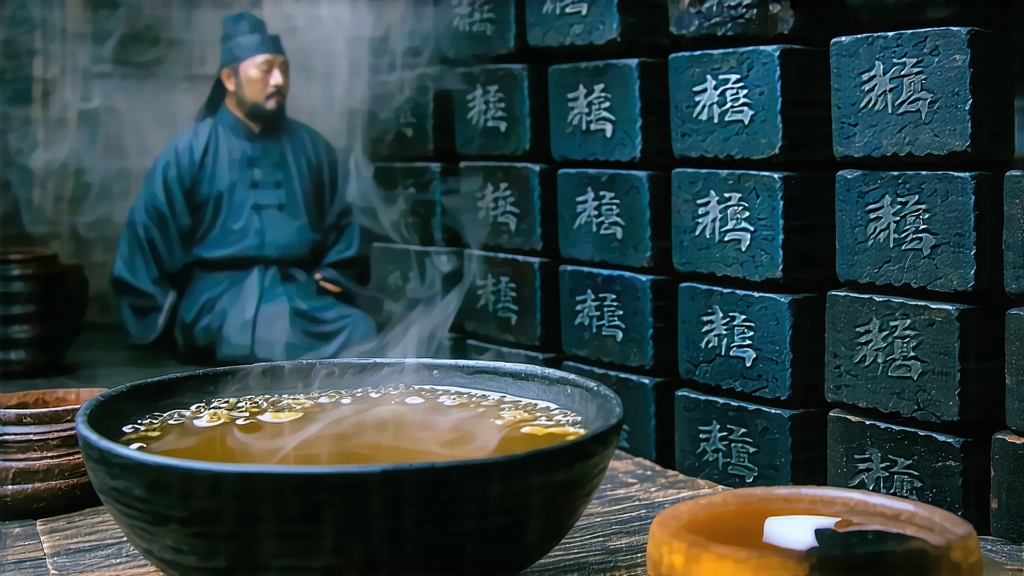
Liu Bao (literally “Six Forts”) is the quietest celebrity in the world of dark tea. While Pu-erh grabs headlines and Anhua dark bricks fill auction catalogs, Liu Bao has spent the last three centuries sailing down the Xun River on bamboo rafts, steaming through the South China Sea, and settling into the pantries of Malaysian tin miners who swear it cures rheumatism and homesickness in equal measure. To understand Liu Bao is to listen to a tea that speaks in bass notes—wet earth, cacao, and the ghost of betel nut—while hiding a bright honeyed treble that only reveals itself when you brew it with patience rather than precision.
Origins: From Border Garrison to Global Coolie
The name Liu Bao refers to a cluster of six Ming-dynasty fortresses in Guangxi’s Wuzhou prefecture, built to keep the Yao hill tribes in check. Soldiers needed a drink that would neither sour on long patrols nor inflame the stomachs of men living on rice and pickles. Local big-leaf cultivars—taller, more tannic than their Yunnan cousins—were pan-fired, sun-dried, then steamed and packed into bamboo baskets so tight that the tea continued to ferment on the march. By the Qing era these baskets had become a currency of their own, bartered for salt, opium, and passage downriver to Guangzhou. British agents tasting it in 1850 labeled it “black-brick tea,” shipped it to Calcutta, and mixed it into breakfast blends to bulk out Assam. Thus Liu Bao became one of the first Chinese teas to circle the globe, yet its own story was filed away under “other.”
Micro-terroirs within 30 km
Today the protected zone is still tiny: a horseshoe of low granite peaks between the Qian and Xun Rivers where the humidity hovers at 85 % and the temperature rarely drops below 16 °C. Within this radius three substyles emerge. “Tong Ping” leaf, picked at 300 m on red clay, gives a peppery finish prized by Hong Kong tea merchants. “Shan Tang” leaf, grown on higher quartz soil, carries orchid fragrance that turns into camphor after five years. The rarest is “Hei Shi,” harvested from 150-year-old seed-grown trees wedged between river boulders; it starts smoky and ends with a note of dried longan that lingers like oud. Each village still fires its own basket, so a single lot number can contain teas from three micro-climates, co-fermenting like instruments in a jazz trio.
Craft: The Seven Steps That Never Happile
Liu Bao is not made; it is choreographed.
- Pluck: one bud, three leaves, when the morning dew is half gone—too wet and the tea will sour, too dry and it will never rehydrate properly in the steamers.
- Wilting: 4–6 hours on split-bamboo trays stacked above the kitchen hearth, absorbing smoke that acts as a natural antimicrobial.
- Kill-green: a 260 °C wok toss lasting 90 seconds, just long enough to rupture the outer cuticle while keeping the stem alive for later fermentation.
- Rolling: barefoot on rattan mats, the leaf is twisted until it “sings”—a high-pitched crack that tells the master the cell walls are fractured but not shredded.
- Sun-drying: spread on straw mats for exactly two suns; if rain threatens the tea is carried inside and caressed with warm air from charcoal pans, never above 45 °C.
- Pile-fermentation: the unique step. Leaves are sprayed with mineral-rich spring water, stacked 70 cm high under jute cloth, and left to heat to 55 °C for ten hours. The pile is turned only once, unlike the weekly turning of Pu-erh, creating a sharper, more focused microbial community dominated by Aspergillus niger and Blastobotrys adeninivorans—yeasts that later produce the signature betel-nut note.
- Basket aging: while still warm the tea is packed into 40 kg bamboo cylinders lined with wild banana leaf. The bamboo breathes, the banana leaf imparts vanillin, and over months the cylinder tightens as the tea settles, creating an anaerobic core that continues to ferment for decades.
Time in the Cellar: When Tea Becomes Liqu